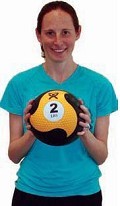There are several existing grading systems available, for example: Isotonic – the muscle contracts to actively move a joint. There are two types of isotonic contractions 1. Concentric – the muscle actively counters resistance to move a joint. Example: a construction worker’s biceps contracts to bend the elbow as the worker lifts and draws a hammer back to pound a nail. Isometric – the muscle contracts but does not actively move the joint. Example: a patient tenses and relaxes muscles as part of a relaxation technique. 1. Active-assisted, active, and resistive exercises are used to increase muscle strength. Zero Maintain PROM. The purpose of passive exercise is to prevent contractures, adhesions, and deformity by maintaining ROM. Trace Facilitate muscle contraction – Tap, rub, vibrate muscle to facilitate a stronger contraction. Active-Assisted Exercise. The patient contracts their muscle, and the therapist or a mechanical device completes the entire ROM. Slings, pulleys, weights, springs, or elastic bands may be used to provide mechanical assistance. This exercise is graded by decreasing the amount of assistance until the patient can perform active exercises. Example: Supporting and moving the patient’s arm through a full ROM in a gravity eliminated plane. Incorporate a goal into the exercise e.g. support the patient’s arm on a large ball and assist the patient in rolling the ball through a full ROM, to play a variation of traditional ten-pin bowling. Poor minus Patient moves the joint through partial ROM and the therapist or mechanical device completes the ROM. Example: Support the patient’s arm and allow the patient to actively move through as much range as is possible, in a gravity eliminated plane. As soon as the therapist feels/observes that the patient has stopped actively moving, the therapist continues to support and move the patient’s arm through the complete ROM. Incorporate a goal into the exercise e.g. incorporate using a suspension mobile arm support with a meaningful activity. Poor For exercises/activities performed in a gravity-reduced plane, use a powdered surface or skateboard to reduce the resistance produced by friction on a supporting surface. Example: Place the patient’s arm on top of a table which has been covered with powder. Structure a table top activity which requires the patient to slide their arm along the surface of the table, through a complete ROM (in a gravity eliminated plane). Play a board game with light game pieces, or table cricket. Poor plus Example: Place the patient’s arm on top of a table. Structure a table top activity which requires the patient to slide their arm along the surface of the table, through a complete ROM (in a gravity eliminated plane). Using a regular surface and introducing weighted game pieces, will add resistance to the movement. Fair minus Example: Structure an activity to encourage the patient to lift his arm up in a vertical plane, against gravity. As the patient will not be able to achieve a complete ROM, place the goal at the highest level which the patient is able to reach. Fair When a grade of 3 is reached, the activity can be structured to move against gravity. Example: Balloon volleyball / throwing a balloon at a target, which requires the patient to lift their arm up against gravity. – Adapted volleyball type game. Fair plus Resistive exercise is used to increase strength. Example: Tossing a beach ball. Good Resistive exercise is used to increase strength. Example: Tossing a beach ball with weighted cuffs strapped to the patient’s wrists. Normal Resistive exercise is used to increase strength. Example: Tossing a medicine ball while standing. Manual Muscle Test (MMT) Grading Scale
&
Types of Muscle Contractions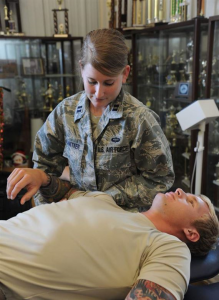
Muscle testing can be performed using manual strength testing, functional tests, and dynamometry. Manual muscle strength testing is one of the most commonly used forms of muscle testing used by occupational therapists. Manual muscle testing (MMT) tests the strength of individual muscles in isolation, as well as specific muscle groups.
* MRC scale
* Oxford scale
* Kendall scale
* Daniels and Worthingham scale
The table below is widely used as a reference for testing muscle strength.
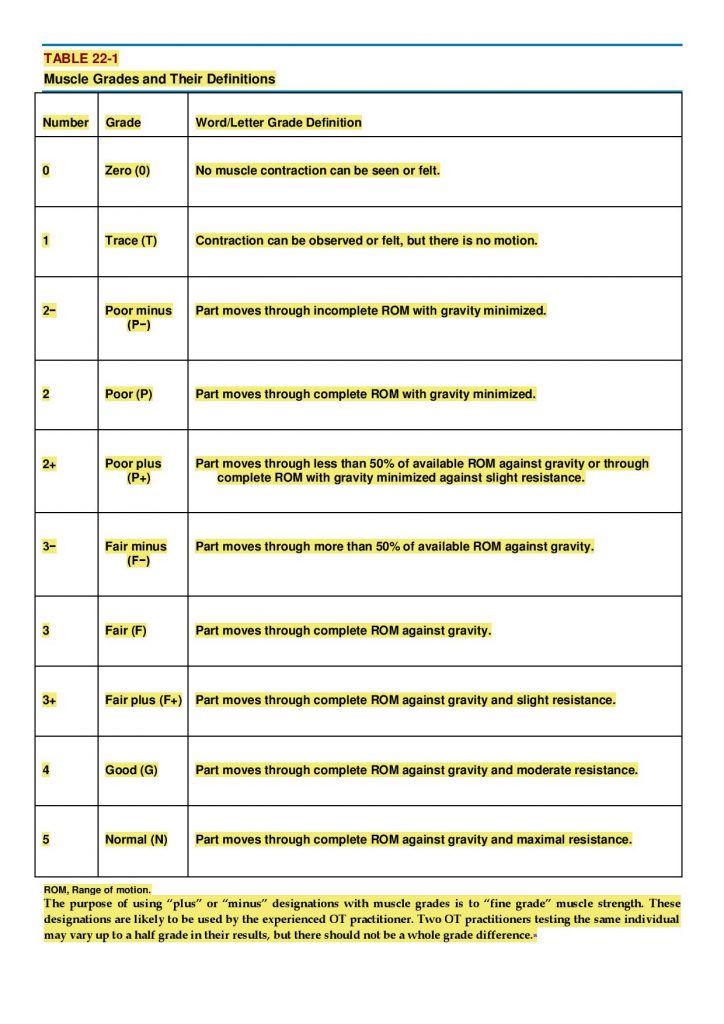
Pedretti’s Occupational Therapy: Practice Skills for Physical Dysfunction 7th edition
– Pendleton, Heidi McHugh; Schultz-Krohn, Winifred
Chapter 22
pp. 529-574
Types of Muscle Contractions
2. Eccentric – the muscle contracts to slow movement and stabilize a joint in reaction to quick movement or the forces of gravity. Example: the construction worker’s biceps contracts to stabilize the elbow as the worker sets his hammer down on a bench.General guidelines for strengthening muscles
2. The type of exercise/activity must suit the muscle grade and the patient’s fatigue tolerance level.
3. Grading of activities can be achieved by increasing or decreasing resistance. Methods include changing the plane of movement from gravity-eliminated to against-gravity, by adding weights to the equipment or to the patient, using weighted tools, grading the texture of the materials from soft to hard or fine to rough, or changing to another more or less resistive activity. The resistance applied should be the maximum against which the muscle is capable of contracting. Resistance may be applied manually or by weights, springs, elastic bands, sandbags, or special devices. The source of resistance depends on the activity, and resistance is graded progressively by increasing the amount of resistance. Gravity is a form of resistance.
Grade
Examples of activities
0
No muscle contraction. Paralysis.
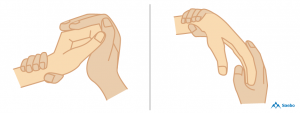
1
No movement but can contract muscle.
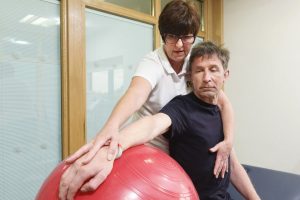
2−
Incomplete ROM with gravity eliminated.
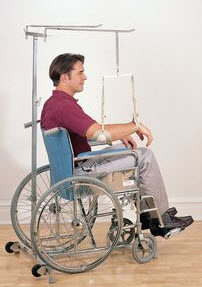
2
Complete ROM with gravity eliminated.
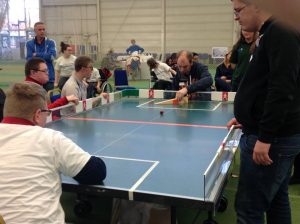
2+
Less than 50% ROM against gravity / complete ROM gravity eliminated slight resistance.
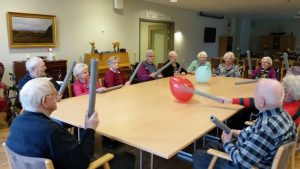
3−
More than 50% ROM against gravity.
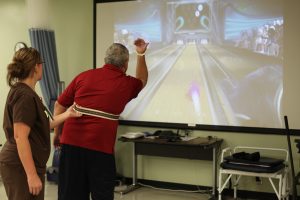
3
Complete ROM against gravity.
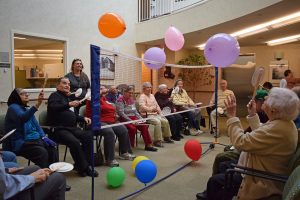
3+
Complete ROM against gravity and slight resistance.
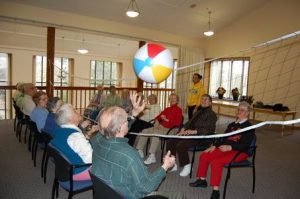
4
Complete ROM against gravity and moderate resistance.
Tossing a therapy ball.

5
Complete ROM against gravity and maximal resistance.
